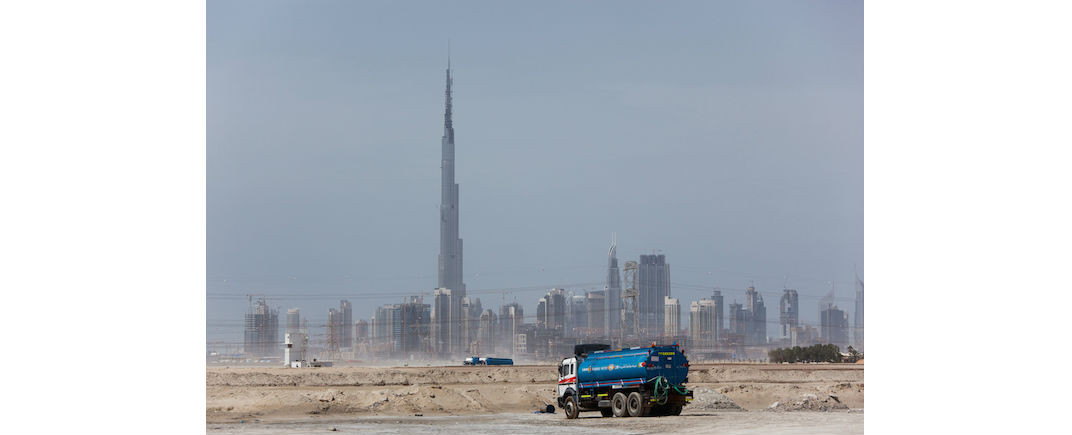Savills’ recent world cities index report nicely illustrates the complex relationship (or lack thereof) between high rise and high density. We often hear about this disjunction in the context of places like Notting Hill, which achieve high density with modest building heights. But this comparison shows that the reverse is true as well: even with 203 buildings over 35 storeys, rapidly developing Dubai only reaches a population density of 16 people per hectare.
But what does population density even really tell us about the experience of a place? While average density describes the number of people over a total region, it may reveal very little about how densely dwellings are distributed within built-up areas (dwelling density) and how much space per person these dwellings provide in square metres and number of rooms.
Los Angeles, for instance, was recently deemed to be the densest city in the US, despite every first-hand account you may have heard to the contrary. But a US Census Bureau analysis has used a different metric, population weighted density (PWD), to reveal why this doesn’t ring true. PWD multiplies the density of different areas by their share of the total population, giving equal weight to every person rather than every square kilometer. So while the average density of the New York and LA metro areas is very close, New Yok’s PWD is more than double that of LA, with San Francisco coming in second place for the US. Essentially, PWD expresses density from the point of view of the average person, rather than the average kilometer of road.
So how can we measure and discuss population density in a way that will really reflect people’s experience? Population weighted density looks like a strong step in the right direction, but we should also take a cue from Savills in combining measures like building height and dwelling density to round out a fuller picture of the city from a human perspective.
For the previous blog post, click here.
Photo Credit: Lars Ploughmann, licensed under Creative Commons.

